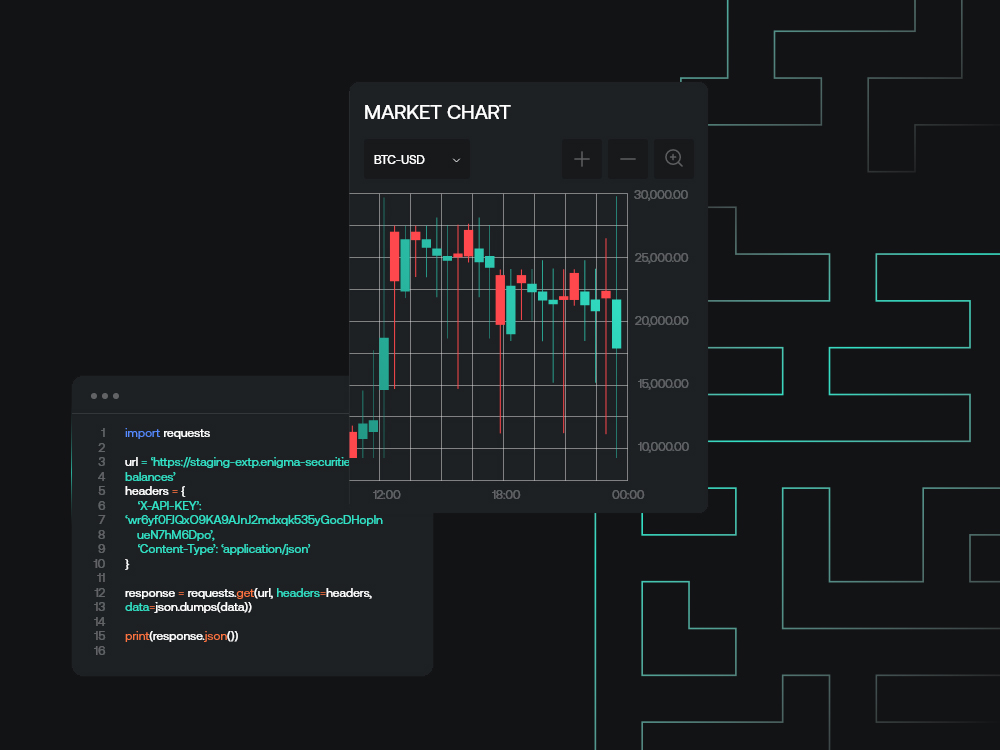-
Share on Facebook
-
Share on Twitter
-
Share on LinkedIn
-
Copy link
Copied to clipboard
Polygon, layoffs, and layer 2s
Polygon announced layoffs of around 100 staff on Tuesday out of a total headcount of 500.The Polygon chain (Matic) has always been particularly reliant on centrally-originated business development and partnerships for growth compared to certain compatriots; the layoffs likely point towards an attempted shift towards a more technically-oriented framework.

Executive Summary
-
Polygon announced layoffs of around 100 staff on Tuesday out of a total headcount of 500.
-
The Polygon chain (Matic) has always been particularly reliant on centrally-originated business development and partnerships for growth compared to certain compatriots; the layoffs likely point towards an attempted shift towards a more technically-oriented framework.
-
Said shift comes during a moment of significant competition for Polygon by other layer 2 providers.
-
Our view: it feels likely that MATIC has put in a short-term peak relative to the rest of the market, and time will tell how it can perform in a market where BD/marketing/acquisition funding is limited.
| May you live in interesting times. News broke yesterday that Polygon Labs – the company behind the Ethereum-based Polygon scaling system, which in turn is the source of the MATIC token – would be laying off around 20% of their workforce, totalling about 100 jobs in all. Price action in the last few days point to the news being not a shock, but perhaps a surprise; MATIC has been in a steady uptrend since the start of the year, and on Friday reached its highest close ever against ETH, beating its previous peak on 10th November last year by around 4% and its May 2021 high water mark by nearly 15%. |
 |
| Of course, one thing that does have to be noted here is that both of those moments came at points of crisis for ETH and the market as a whole; May 2021 came with ETH still down 50% from its highs earlier in the month (and with more to come), while November was of course at the height of the post-FTX panic; last week’s close in USD terms positioned MATIC merely at roughly support levels from late 2021 and early 2022, and it remains over 50% off its all-time high in December.
Short-term price action asides, Polygon’s situation is an interesting one. Launched in early 2019, and rising from relative obscurity over the course of the last bull market, the value proposition behind Polygon is in theory simple: Ethereum’s capacity is limited, development towards internal scaling solutions will be at best slow and in reality may never quite get there considering how long even the proof-of-stake push took, therefore other solutions are needed. Polygon is often described as an Ethereum ‘layer 2’ – that is, a layer that sits on top of Ethereum and takes pressure off of it in favour of itself. This is true in a functional sense, but not entirely true in a technical one; to put it briefly, a true layer 2 sits on top of the network and essentially reprocesses transactions in a way that ends up reducing the overall burden, while with Polygon, it instead operates as more of a side-chain, validating transactions through its own proof-of-stake mechanism and not posting its data to the Ethereum chain itself except on entry and exit. This technicality, for the most part, has not mattered; what has mattered is that Polygon is here, and has been here, to provide some description of scaling solution with total Ethereum interoperability over the last four years. Correspondingly, it has tended to have its best moments when interest on Ethereum was highest, and – crucially – when interest on alternative layer 1s, the other ‘really existing’ scaling solution, has been lowest, hence the peaks in absolute terms in early 2022, and in relative terms in May 2021 and November 2022. This, in theory, places them well going forward. As much as many have seen relief bounces lately, overall enthusiasm for layer 1s is at a low; the funding from foundations is drying up, the stink of FTX is all over Solana among others, and layer 1s suffer disproportionately in stagnant situations because they need those incentives to attract development and developers and therefore make even nominal progress. However, the secret sauce of Polygon has been on the business development side, with the company finding partnerships like no other company in the space – and in the sense of partnerships with some actual deliverables, the recurrent example given over the last few months being their linkup on a NFT-based partnership program with Starbucks (an eye-catching one given the long-standing crypto memetics of ‘buying a cup of coffee with [X]’ as a symbol of mass adoption). This fact puts the layoffs in a particular light. Given how most crypto companies are structured, it is likely that Polygon’s 500-strong headcount overwhelmingly is slanted towards sales and business development by number, and it is likely that they were disproportionately those affected by the layoffs. In addition, many have read between the lines with respects to one part of co-founder Sandeep Nailwal’s statements on the layoffs. Sandeep stated on Twitter that “our treasury remains healthy with a balance of over $250 million and over 1.9 billion MATIC”. Given that this comes after a February 2022 round advertised at $450 million, this would seem to imply an extremely aggressive burn rate of $200 million in a single calendar year. While there are myriad complicating factors that make the strict reading there likely misleading, it does seem very believable that Polygon’s burn rate is into nine digits, and that the layoffs – and spending associated with them – are being done in order to achieve a material extension in runway, and especially runway as it concerns the sorts of agreements that Polygon have been notable for in the last year or two. Given that, again, the secret sauce of Polygon has long been BD, this does matter. While Polygon is in a nominally better position right now than arguably at any point before, there are potential assassins lurking just around the corner. Layer-2 development has accelerated significantly as of late, with both optimistic and zero-knowledge rollups receiving a great degree of attention; both Optimism (optimistic) and Arbitrum (zero-knowledge) have been on upswings in almost all metrics. To name just one, DeFi TVL is up significantly on both Optimism and Arbitrum, but down on Polygon: |
 |
| The one place that we cannot judge is on token price for the most part; the way that ‘true’ layer 2s work generally mean that they do not necessarily need a token in the same way as Polygon does. However, the Optimism governance token (OP) is up from a yearly open of $0.91 to $2.40 today (and over $3.20 before an airdrop announcement a few weeks ago), almost doubling the gains of even a resurgent MATIC.
For their part, Polygon are looking to take advantage of new developments too, with the launch of their zkEVM (zero-knowledge Ethereum Virtual Machine) solution incoming on March 27th; however, their strength has not previously been on the technical cutting edge, and they face competition in the sphere of zkEVM solutions from zkSync and smaller Ethereum Foundation-funded projects. The question here, broadly, is not what happens in the short term. There will naturally be a lag on any broader effects from the layoffs, given the nature of how deals tend to be done by now in crypto. It feels not unlikely that MATIC/ETH may have already seen its medium-term peak (implying overall underperformance going forward), but there will probably be more swings to come (MATIC has tended to trade as almost an elevator-up stairs-down asset in many cases in the past, its infamous December 2019 flash crash not withstanding). In the longer term, the headline read here is that MATIC seems likely to generally underperform; whether it does, and to what extent it will do so, will be interesting to track, because it seems likely that we are in the process of a broader slowdown in spending by crypto companies. In particular, there may be clues as to the future of Binance (one of Polygon’s closer collaborators); like Polygon, Binance have been big spenders on business development and marketing, have put off layoffs and are hiring for new positions, but are likely to inevitably be forced to at least realign away from a free-spending BD-at-any-cost approach to something different in the next 12 months. It may be a myth that sharks stop breathing when they stop moving, but it is not so for SDRs. We have seen a lot of BD-reliant companies and assets fail to realign and slowly wind down over the course of multiple cycles in the past; it will be interesting to see if the big spenders (albeit survivors) of 2021-2 will find a route out. |



